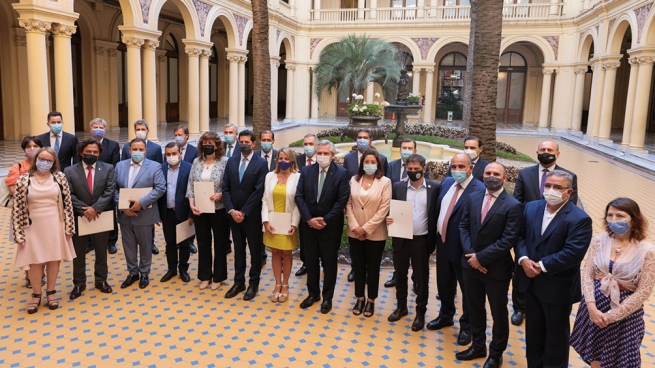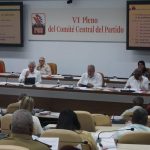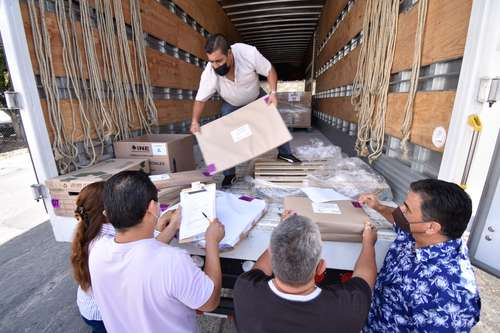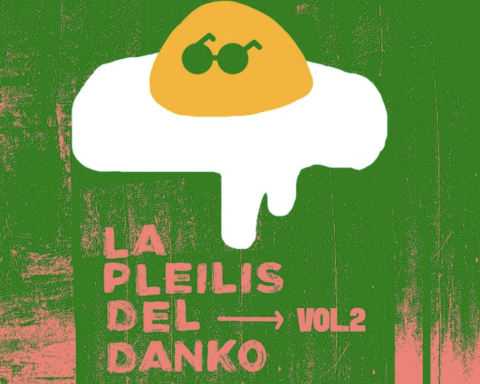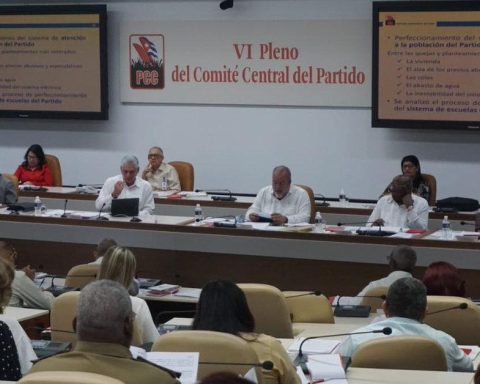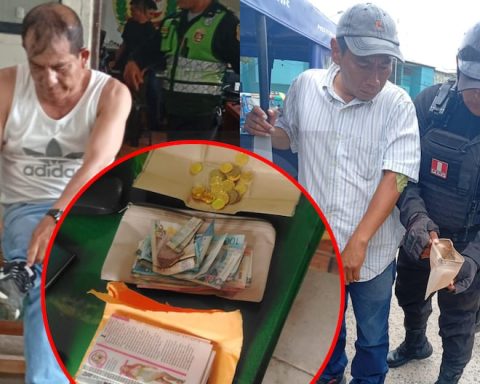The fiscal relations between the Nation and the provinces presented a new scenario in the first two months, which could be consolidated in the rest of 2022 and the following years, with a greater proportion of the so-called “automatic transfers” and a gradual reduction of the “discretionary”. “.
“The agreement with the International Monetary Fund (IMF) plans to reduce discretionary transfers and that already began before its approval,” Marcelo Capello, vice president of the Institute for Studies on the Argentine and Latin American Reality (Ieral) of the Mediterranean Foundation, told Télam. , referring to the decrease of 16.7% in real terms recorded in the accumulated of January and February.
This drop occurred in the context of a growth in 2.6% total transferswith an increase of 4.1% in the case of automatic transfers (basically those of the Federal Tax Co-participation system and compensation for the Fiscal Consensus), which allows configuring a scheme in which the latter take on greater preponderance.
The phenomenon occurred before the agreement with the IMF was closed, which among its provisions highlights, precisely, that of “limit discretionary transfers to provinces and state-owned companies”.
The phenomenon occurred before the agreement with the IMF was closed, which among its provisions highlights, precisely, that of “limiting discretionary transfers to provinces and state-owned companies.”
In any case, Capello admitted that “it is difficult for a country not to have some margin for the existence of discretionary transfers”, given the appearance of unforeseen circumstances, as was the case of the drought and the fires in Corrientes, which with an increase The real interannual rate of 42.6% was the second province in terms of percentage increases compared to the first two months of 2021, only surpassed by Tierra del Fuego.
This situation, furthermore, relativizes the dominant idea of supposed political favoritism in the allocation of discretionary transfers, very much in vogue in the 1990s, due to the proportion that La Rioja had reached as a destination for ATN (Aportes of the National Treasury) during the Presidency of Carlos Menem.
But beyond those specific cases, the reduction in the weight of discretionary remittances over the total resources distributed by the Nation among the 24 districts is viewed favorably by Capello, for whom “if that margin is high, it generates dependency of some provinces towards the central power”.
“Its existence also generates excessive rent-seeking activity on the part of provincial officials, for many of whom it pays more to manage aid than their own resources, which also generate political costs when applying them,” he added.

Due to its discretionary nature, the distribution of these resources is far from being homogeneous and is at the same time a source of cross-claims between jurisdictions.
For example, in 2021 they represented 6.6% of the total income of the 24 districtsbut in the case of La Rioja they reached 21.6%, nine times more than the 2.4% of Mendoza, located at the other extreme.
The concept of “discretionary transfers” encompasses those resources that the provinces receive from the National Government, and that are not regulated by a law that sets out objective distribution criteria and therefore are decided by officials of the central power.
On the contrary, the automatic ones have established distribution criteria, as in the case of Law 23,548 on Co-participation and its amendments.
Discretionary transfers in the first two months
In the case of discretionary transfers, in the first two months the following were made:
• $8,623.6 million for financing of provincial Social Security Funds not transferred to the Nation (Buenos Aires, Córdoba, Corrientes, Entre Ríos, Formosa, Misiones, La Pampa and Santa Fe)
• $6,969.9 million for “Financial Assistance to Provinces” (La Pampa, La Rioja, Neuquén, Río Negro, San Luis, Santa Cruz, Santa Fe and Santiago del Estero)
• $13,626.7 million in January and February by the Fiscal Strengthening Fund (Buenos Aires)
• $6,902.7 million by “Regulation Law No. 27,606”, which refers to the transfer of the services of the Federal Police (Autonomous City of Buenos Aires)
Total discretionary transfers for the first two months were $46,197 million, equivalent to 5.9% of the totala lower percentage compared to previous years, in which they exceeded 10%.
For Capello, the solution that eliminates or at least minimizes discretion in transfers involves the delay sanction of a new Law of Co-participation“if it happens one day”, after 25 years of expiration of the term set in the constitutional reform of 1994.
With a Co-participation law that dates back four years, “as the distribution coefficients become outdated, it is more likely that the Nation will have to discretionally compensate some jurisdictions,” he said.
A new law, he added, “should lower the profile of fiscal transfers, especially discretionary ones, increasing the financial autonomy of the provinces, increasing their powers to collect.”
In this framework, the margin of “residual co-participation” should be used to “level the provinces fiscally, in a more rational way, lowering the free availability of transfers and increasing those that have a specific destination, directing them to education, health and infrastructure” , ended.
